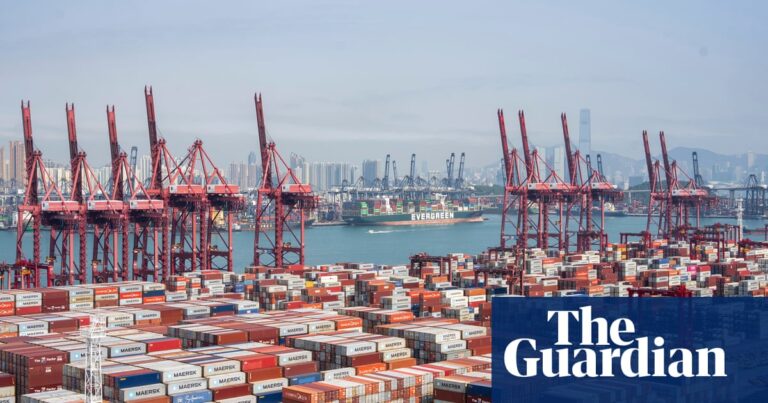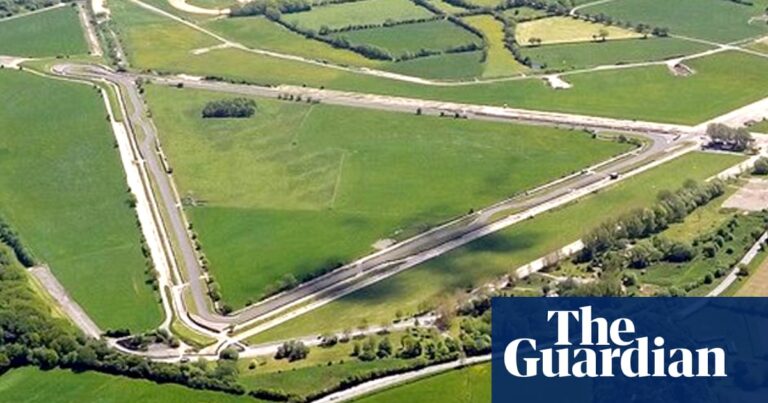Refugees and aid agencies have warned of deteriorating conditions in overcrowded and severely underfunded camps in Chad, as intensifying violence and a hunger crisis in Sudan drive huge numbers across the border.
About 25,000 people – the vast majority women and children – crossed into eastern Chad in the first week of October, a record number for a single week in 2024. Chad, one of the world’s poorest countries, hosts 681,944 Sudanese refugees – the highest number globally.
Conditions are particularly difficult at the Farchana camp, say refugees who were moved there earlier this year from the Adré camp on the border. The new arrivals joined Sudanese people who have lived in the camp since the genocide in Darfur in the 2000s.
Refugees interviewed by the Guardian at both camps spoke of their despair about the conditions they faced. Many will move on towards Italy, other European countries, southern Africa and the Gulf, the UN has said.
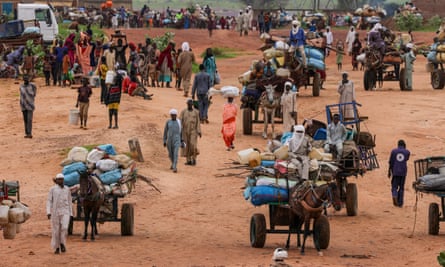
Hatim Abdallah El-Fadil, appointed the Farchana camp chief by his fellow refugees, said some Sudanese people had resorted to begging in the town’s market in order to eat.
The 39-year-old father of four said many of those transferred to Farchana had returned to Adré because work opportunities were better there. “Many people here have had to sell their possessions to make a living,” he said. “I really don’t know how they can continue to survive like this.”
A lack of education is also a significant concern. Younger children are receiving sporadic lessons from refugees who happen to be teachers, using books they smuggled out of the city of Geneina in Darfur. Teenagers not attending school were at risk of becoming “a lost generation”, refugees told the Guardian.
War has raged since April 2023 between the Sudanese army under the country’s de facto ruler, Abdel Fattah al-Burhan, and the paramilitary Rapid Support Forces (RSF) led by his former deputy Mohamed Hamdan Dagalo.
Both sides have been accused of war crimes, including targeting civilians and blocking humanitarian aid. The conflict has left tens of thousands dead and 26 million people facing severe food insecurity, with famine declared in the Zamzam displacement camp in Darfur.
The rising number of arrivals reflects the worsening conflict in Darfur, where the RSF controls all but one big population centre – El Fasher, which it has subjected to a months-long siege.
Hassan Ibrahim Yahiya, a businessman in Geneina before the war began, now farms peanuts on a small plot behind his tent in Farchana. “I’ve lost everything you can imagine,” he said. “I am here without hope.”
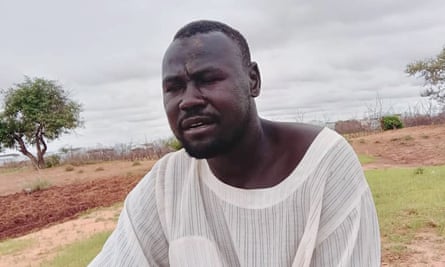
Essam Abdelrasoul fled to Adré from Geneina at the start of the war. The father of seven used to work at Sudan’s biggest engineering company but is now struggling to make ends meet. The rest of his family is living in the city of Kosti in Sudan’s White Nile state.
The journey to reunite with them would involve overland travel to the Chadian capital, N’Djamena, a flight to Cairo, another flight to Port Sudan then a long journey by road to Kosti.
“I just don’t have the money,” he said. “My dream now is to get out of here and go to any country that offers me a job, then I can go and see my children.”
Despite the difficulties faced by refugees in Chad, the threat of extreme violence in Sudan, especially in Darfur, and a growing hunger crisis are driving ever-increasing numbers of people to flee there.
after newsletter promotion
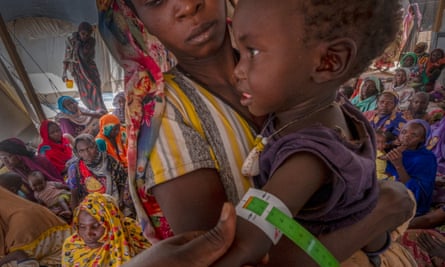
Last week, experts appointed by the UN accused both sides in the war of using “starvation tactics” against 25 million civilians, leaving 97% of Sudan’s population facing “severe levels of hunger”.
“Never in modern history have so many people faced starvation and famine as in Sudan today,” said the group of about a dozen independent experts. “The world must pay attention to the largest modern famine taking shape in Sudan today.”
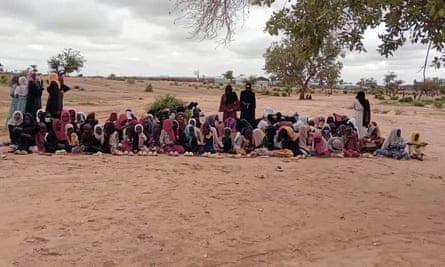
NGO workers interviewed in Chad all complained about a severe funding gap for the refugees. A UN appeal for $1.5bn to support Sudanese refugees and their hosts in the region to the end of the year remains only 27% funded.
The UN World Food Programme (WFP), which supports refugees at the Farchana camp, says it receives 8,000 Central African francs (£10) of funding for each person at the camp every two months, which constitutes 50% of per-person assistance. The other 50% of assistance comes in the form of beans and rice.
Alexandre Le Cuziat, WFP’s deputy representative for Chad, said funding was inadequate. He also warned that the number of people crossing into the country was likely to rise, owing to the conflict intensifying in Darfur and the drop in water levels as the rainy season ends.
In an interview with Agence France-Presse last week, Mamadou Dian Balde, the UN’s Sudan regional refugee coordinator, said it would be “a big mistake” to think the flow of displaced people would be limited to Sudan and the wider region.
“There are more and more who are coming towards Italy, Europe and southern Africa … there are some who will go towards the Gulf countries too,” he said.
Back in Farchana, El-Tayeb Zakria is still coming to terms with his life as a refugee. In Sudan he had served as an adviser to the West Darfur state governor Khamis Abakar, who was assassinated in June 2023 in an attack blamed on the RSF.
The Farchana camp, he said, lacked basic services, with no clinic or even wells for water. “Living here feels like a gradual death.”
Source: theguardian.com









